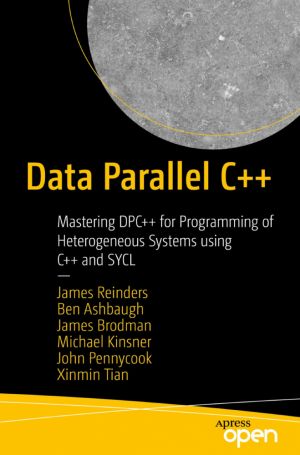Data Parallel C++
Mastering DPC++ for Programming of Heterogeneous Systems using C++ and SYCL
by James Reinders, Ben Ashbaugh, James Brodman, Michael Kinsner, John Pennycook, Xinmin Tian
DescriptionTable of ContentsDetailsHashtagsReport an issue
Data parallelism in C++ enables access to parallel resources in a modern heterogeneous system, freeing you from being locked into any particular computing device. Now a single C++ application can use any combination of devices - including GPUs, CPUs, FPGAs and AI ASICs - that are suitable to the problems at hand.
This book teaches data-parallel programming using C++ and the SYCL standard from the Khronos Group and walks through everything needed to use SYCL for programming heterogeneous systems. The book begins by introducing data parallelism and foundational topics for effective use of SYCL and Data Parallel C++ (DPC++), the open source compiler used in this book. Later chapters cover advanced topics including error handling, hardware-specific programming, communication and synchronization, and memory model considerations.
You will learn:
- How to accelerate C++ programs using data-parallel programming;
- How to target multiple device types (e.g. CPU, GPU, FPGA);
- How to use SYCL and SYCL compilers;
- How to connect with computing's heterogeneous future via Intel's oneAPI initiative. 






Book Description
Learn how to accelerate C++ programs using data parallelism. This open book enables C++ programmers to be at the forefront of this exciting and important new development that is helping to push computing to new levels. It is full of practical advice, detailed explanations, and code examples to illustrate key topics.Data parallelism in C++ enables access to parallel resources in a modern heterogeneous system, freeing you from being locked into any particular computing device. Now a single C++ application can use any combination of devices - including GPUs, CPUs, FPGAs and AI ASICs - that are suitable to the problems at hand.
This book teaches data-parallel programming using C++ and the SYCL standard from the Khronos Group and walks through everything needed to use SYCL for programming heterogeneous systems. The book begins by introducing data parallelism and foundational topics for effective use of SYCL and Data Parallel C++ (DPC++), the open source compiler used in this book. Later chapters cover advanced topics including error handling, hardware-specific programming, communication and synchronization, and memory model considerations.
You will learn:
- How to accelerate C++ programs using data-parallel programming;
- How to target multiple device types (e.g. CPU, GPU, FPGA);
- How to use SYCL and SYCL compilers;
- How to connect with computing's heterogeneous future via Intel's oneAPI initiative.
This open book is licensed under a Creative Commons License (CC BY). You can download Data Parallel C++ ebook for free in PDF format (15.8 MB).
Table of Contents
Chapter 1
Introduction
Chapter 2
Where Code Executes
Chapter 3
Data Management
Chapter 4
Expressing Parallelism
Chapter 5
Error Handling
Chapter 6
Unified Shared Memory
Chapter 7
Buffers
Chapter 8
Scheduling Kernels and Data Movement
Chapter 9
Communication and Synchronization
Chapter 10
Defining Kernels
Chapter 11
Vectors
Chapter 12
Device Information
Chapter 13
Practical Tips
Chapter 14
Common Parallel Patterns
Chapter 15
Programming for GPUs
Chapter 16
Programming for CPUs
Chapter 17
Programming for FPGAs
Chapter 18
Libraries
Chapter 19
Memory Model and Atomics
Epilogue
Future Direction of DPC++
Book Details
Title
Data Parallel C++
Subject
Computer Science
Publisher
Apress
Published
2021
Pages
565
Edition
1
Language
English
ISBN13
9781484255735
ISBN10
1484255739
ISBN13 Digital
9781484255742
ISBN10 Digital
1484255747
PDF Size
15.8 MB
License

Related Books
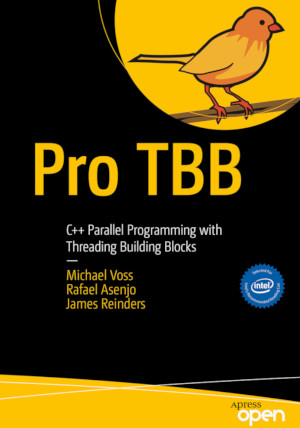
This book is a modern guide for all C++ programmers to learn Threading Building Blocks (TBB). Written by TBB and parallel programming experts, this book reflects their collective decades of experience in developing and teaching parallel programming with TBB, offering their insights in an approachable manner. Throughout the book the authors present ...
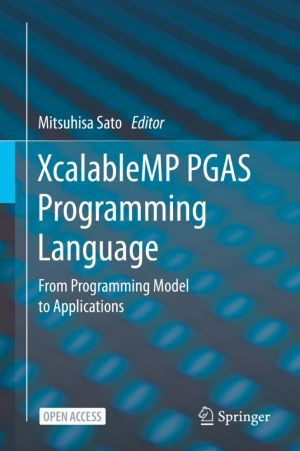
XcalableMP is a directive-based parallel programming language based on Fortran and C, supporting a Partitioned Global Address Space (PGAS) model for distributed memory parallel systems. This open book presents XcalableMP language from its programming model and basic concept to the experience and performance of applications described in XcalableMP.�...
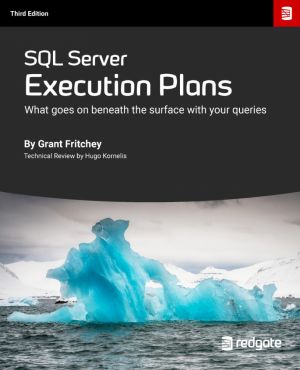
Every Database Administrator, developer, report writer, and anyone else who writes T-SQL to access SQL Server data, must understand how to read and interpret execution plans. My book leads you right from the basics of capturing plans, through how to interrupt them in their various forms, graphical or XML, and then how to use the information you fin...
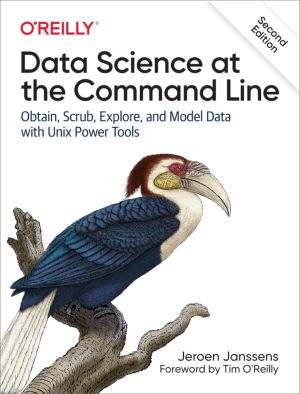
This thoroughly revised guide demonstrates how the flexibility of the command line can help you become a more efficient and productive data scientist. You'll learn how to combine small yet powerful command-line tools to quickly obtain, scrub, explore, and model your data. To get you started, author Jeroen Janssens provides a Docker image packe...
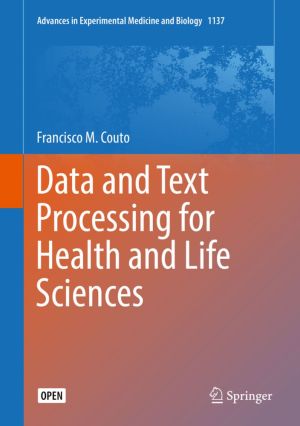
This book is a step-by-step introduction on how shell scripting can help solve many of the data processing tasks that Health and Life specialists face everyday with minimal software dependencies. The examples presented in the book show how simple command line tools can be used and combined to retrieve data and text from web resources, to filter and...
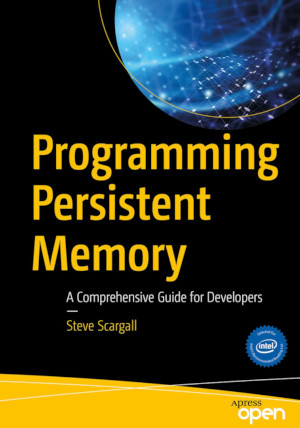
Beginning and experienced programmers will use this comprehensive guide to persistent memory programming. You will understand how persistent memory brings together several new software/hardware requirements, and offers great promise for better performance and faster application startup times - a huge leap forward in byte-addressable capacity compar...

